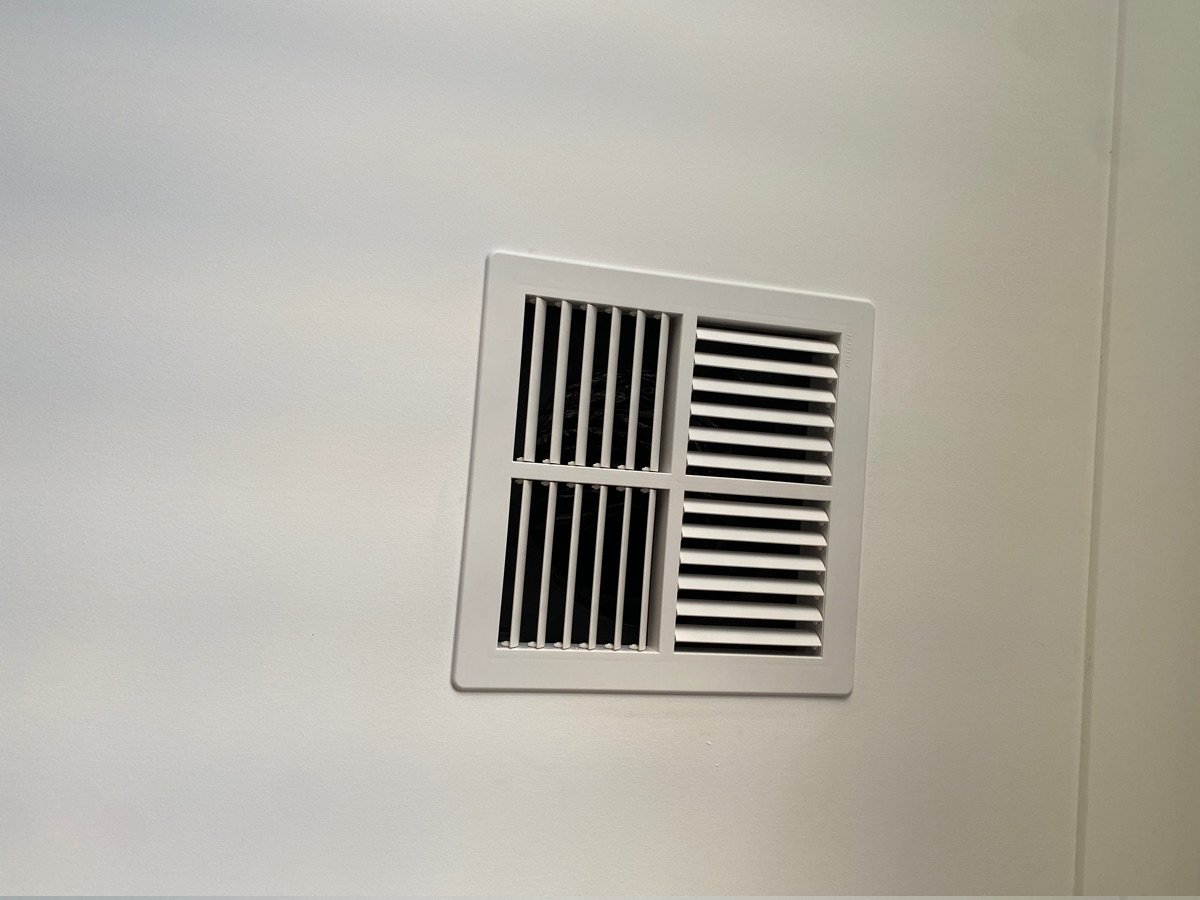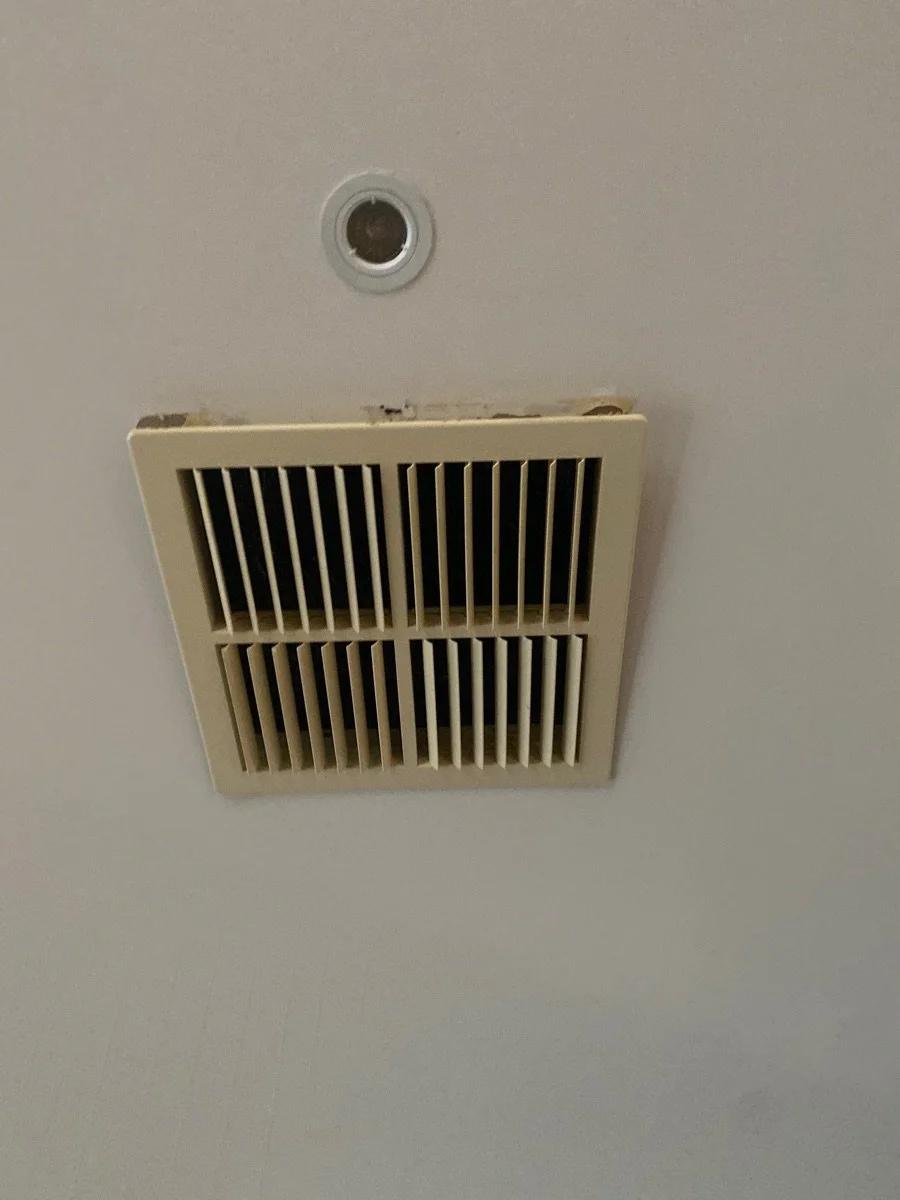When Should You Replace Air Vents? Common Signs
Are you experiencing subpar airflow or signs of wear and tear in your heating and cooling vents? If so, it could be a telltale sign that it's time for a replacement! Air vents play an important role in indoor climate control, responsible for maintaining optimal airflow and indoor air quality in your home or office. However, as with any component of your HVAC system, vents are subject to wear and tear over time, which can compromise their functionality and aesthetic.
While it's easy to overlook the condition of your vents, it's important to recognise when they may need attention. Even if you're not experiencing direct issues, it's recommended to consider changing your vents every 15-20 years. Why? Because new vents not only enhance the aesthetics of your space but also come with improved designs that can improve airflow efficiency.
As the years go by, your vents may become outdated, yellowed, or damaged, affecting both their performance and appearance. By investing in new vents, you can breathe new life into your ventilation system, ensuring optimal airflow and indoor comfort for years to come. So, if you're noticing subpar airflow or visible signs of wear and tear in your vents, don't hesitate to explore the option of replacement. Your indoor air quality and comfort depend on it.
Here are some common signs that it's time to upgrade your air vents:
Damaged Vents
When assessing the condition of your air vents, one of the primary signs that replacement may be necessary is visible damage. If your vents display cracks, dents, or misalignments, it's crucial to address these issues promptly. Damaged vents not only compromise the efficiency of your HVAC system but can also pose safety hazards within your space.
Cracks and Dents: Cracks and dents in your vents can significantly impede airflow, leading to uneven heating or cooling throughout your home or office. These structural issues may also allow dust and debris to accumulate within the ductwork, compromising indoor air quality and potentially exacerbating respiratory issues for occupants.
Misalignments: Misaligned vents can disrupt the flow of air, causing inefficiencies in your HVAC system and creating hot or cold spots within your space. Additionally, misaligned vents may indicate underlying issues with the ductwork or installation, further necessitating a thorough inspection and potential replacement.
Addressing damaged vents promptly is essential to ensure proper functionality and safety throughout your space. By replacing damaged vents, you can restore optimal airflow, improve indoor air quality, and enhance the overall comfort of your home or office environment.
Vents Becoming Yellow
As part of assessing when to replace your air vents, it's essential to consider any visible signs of deterioration, including discolouration. Over time, exposure to heat and chemical reactions can cause vents to turn yellow or become discoloured. While this may seem like a purely cosmetic issue, it can actually indicate underlying deterioration of the vent material.
Aesthetic Concerns: Discoloured vents can detract from the overall aesthetic appeal of your space, disrupting the cohesive look of your walls and ceiling. If your vents no longer blend seamlessly with your decor or appear aged and worn, it's a clear indication that replacement is necessary to maintain the visual harmony of your environment.
Material Deterioration: Beyond aesthetics, yellowing vents may also signal deterioration of the vent material itself. This deterioration can compromise the structural integrity of the vents, leading to issues such as cracks, leaks, or reduced airflow. By addressing discoloured vents promptly, you can prevent further deterioration and ensure the continued functionality of your HVAC system.
Poor Airflow
Inadequate airflow can lead to discomfort and reduced energy efficiency in your space. While poor airflow may stem from various factors, including clogged ducts or a malfunctioning HVAC system, outdated or inefficient vents can exacerbate the issue. If you're experiencing consistent airflow problems, consider replacing your vents with modern, high-quality designs engineered for optimal airflow distribution.
Moving or Replacing Units
If you're planning to relocate vents within your home or office or upgrade your HVAC system and ductwork, it's an opportune time to invest in new vents. Freshly installed vents can complement your revamped system, enhancing both functionality and aesthetics. Whether you're undergoing renovations or upgrading your HVAC infrastructure, replacing your vents ensures a cohesive and efficient ventilation system.
Need help?
Ready to enhance the airflow, efficiency, and aesthetics of your space with new air vents? Look no further than Unitests. Our team of skilled technicians specialises in end-to-end duct work including vent replacement in Melbourne, ensuring seamless installation and optimal performance. Contact us today to schedule a consultation and upgrade your ventilation system with confidence.





